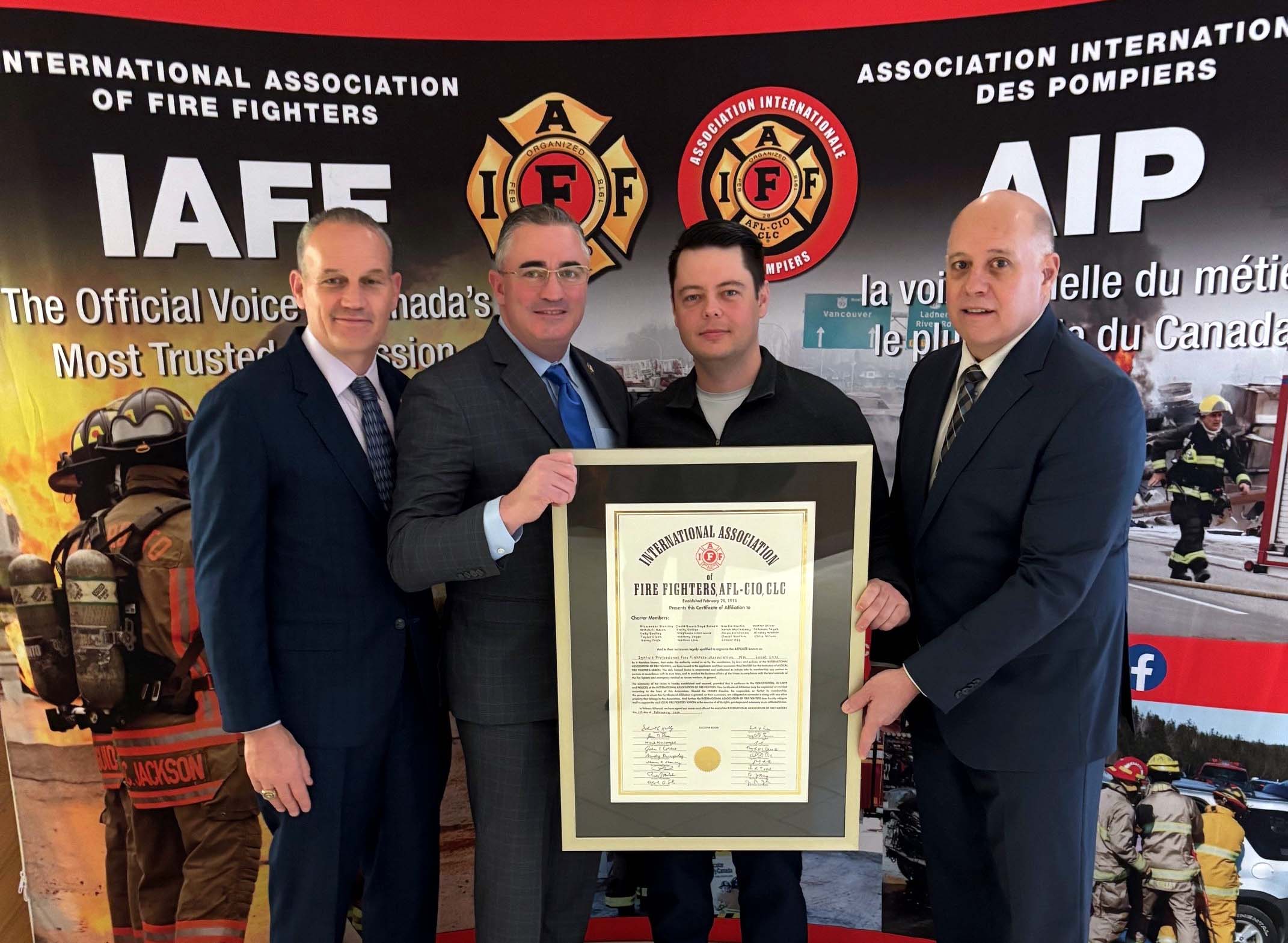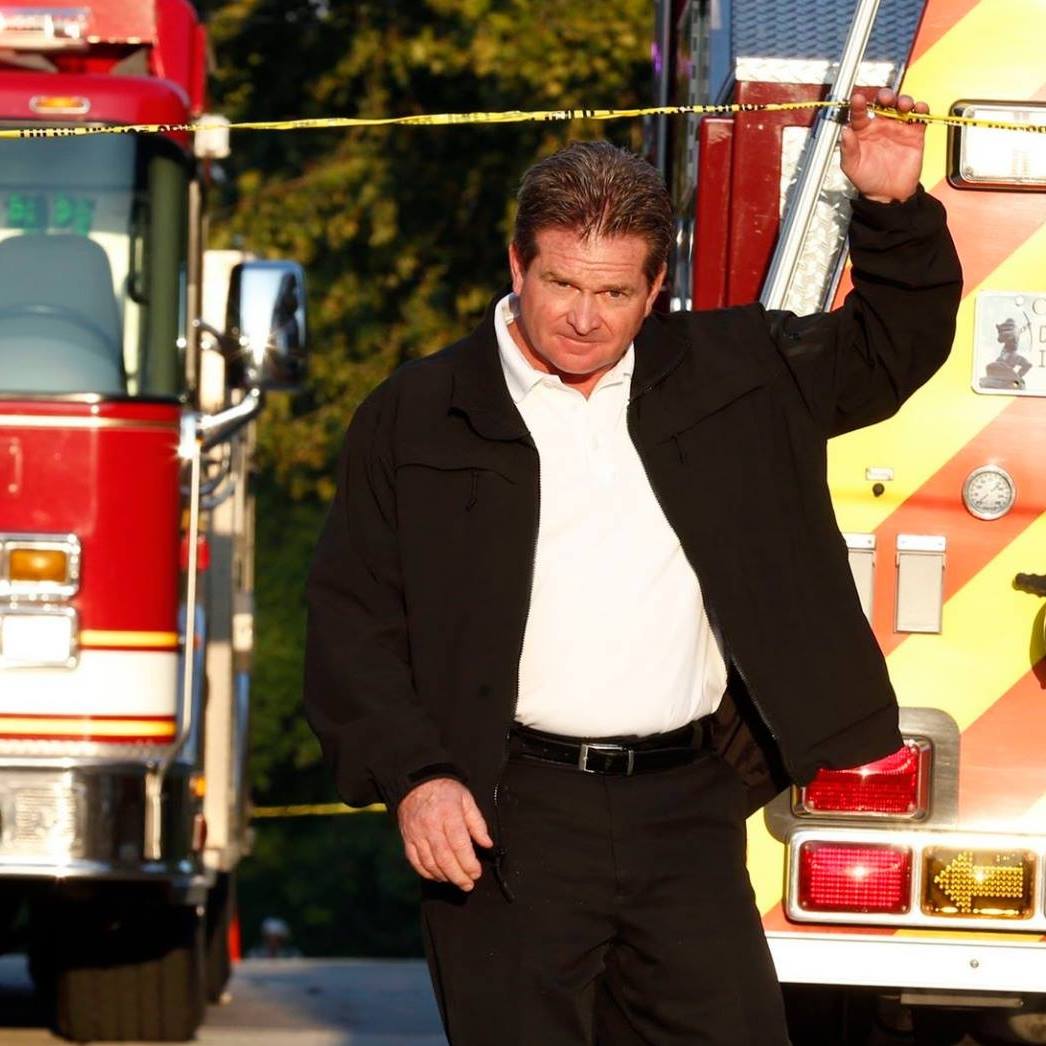2014 will go down in the record books as the FDNY’s busiest year in its very active century-and-a-half history, according to the Uniformed Firefighters Association (UFA) of Greater New York and FDNY data.
Based on FDNY statistics and projections, city firefighters have already shattered the department’s record for the greatest number of annual emergency responses. It is estimated that FDNY firefighters will respond to more than 520,000 emergencies by year end. The previous record was set in 2010 when the Bravest responded to 507,017 total emergencies.
As of November 30, 2014, New York City firefighters responded to 477,223 emergencies, an increase of 38,474 (up 8.77%) from November 30, 2013, when firefighters responded to 438,749 emergency calls (2013 was the 8th busiest year on record).
To have a clearer picture of how demand for the FDNY Firefighter services has expanded, data shows that civilian emergencies have soared 22% since 2002; 45% since 1990; 70% since 1985 and an astounding 552% since 1960. Firefighters respond to not only fires, but a growing number of reported gas, water and steam leaks, medical emergencies and more.
2015 will mark the 150th Anniversary of the busiest fire department in the world.
“The FDNY has always been recognized as the world’s busiest fire department, but the rise in emergency calls this year and in the past decade-plus can’t be compared to any other period in the department’s 150-year history,” says UFA President Steve Cassidy. “New York is the financial, communications and tourism capitol of the world and it is a fact that New York City firefighters are busier and more productive than ever before.”
10 Busiest Years in FDNY’s 150-Year History
- 2014 520,000 Projected*
- 2010 507,017
- 2012 494,394
- 2007 490,767
- 2011 488,017
- 2005 485,702
- 2006 484,954
- 2013 479,228
- 2008 473,335
- 2009 473,024
All ten of the FDNY’s busiest years have occurred since 2005.
FDNY Firefighter Stats 2002 to 2014:
- 2014 – busiest year in FDNY history. More than 520,000* emergencies;
- All 10 of the FDNY’s busiest years – 2005 to 2014;
- Firefighter responses to emergencies exceeds 6.223 million since 2002;
- Average number of emergencies in last 5 years: Exceeds 497,000/year;
- Average number of emergencies since 2002: Exceeds 475,000/year;
- Since 2002 FDNY Firefighter emergency responses: Up nearly 22%
- From 1990 to 2014 Firefighter emergencies: Up 44.96%;
- From 1985 to 2014 Firefighter emergencies: Up 69.91%;
- From 1960 until 2014 NYC Firefighter emergencies are five times greater: Up 552%;
FDNY Firefighter Emergency Response by Percentage Increase (11 Months Data as Compared to 2013):
- Total Emergencies up 8.77%;
- Structural Fires up 5.62%;
- Non-Structural Fires up 14.19%, include auto, brush and rubbish fires;
- Emergencies up 15.98%, include gas, water & steam leaks, trapped in elevator rescues, carbon monoxide & fire alarms in major buildings, subway emergencies, scaffold and building collapses;
- Medical Emergencies up 2.96%;
- False Alarms up 2.73%;
“Protecting lives and property of those that live, work or visit New York is our number one priority. The biggest, most vibrant city in America has the busiest fire department staffed by the most dedicated firefighters in the nation,” says Cassidy.
New York City firefighters respond to a wide range of emergencies including fires, manmade and natural disasters, explosions, train derailments, ferry and boat accidents, gas, water and steam leaks, fire and carbon monoxide alarms, building collapses, scaffold rescues, serious vehicle accidents and extractions, medical emergencies and terror threats. Firefighters are also trained as New York City’s first line of defense to chemical, biological, radiological and nuclear threats (CBRN).
Emergency Responses 2002-2014:
- 2014 – 520,000* (estimated total)
- 2013 – 479,228
- 2012 – 494,355
- 2011 – 488,017
- 2010 – 507,017
- 2009 – 473,024
- 2008 – 473,335
- 2007 – 490,767
- 2006 – 484,954
- 2005 – 485,702
- 2004 – 456,689
- 2003 – 443,988
- 2002 – 426,542
FDNY Emergencies Soar (1960-Present):
- 2014 – 520,000*
- 2010 – 507,430
- 2005- 485,702
- 2000 – 444,148
- 1995 – 393,383
- 1990 – 358,713
- 1985 – 311,529
- 1980 – 389,703
- 1978 – 472,405 – Pre-2000’s Record
- 1975 – 400,096
- 1970 – 263,659
- 1965 – 142,711
- 1960 – 94,135


